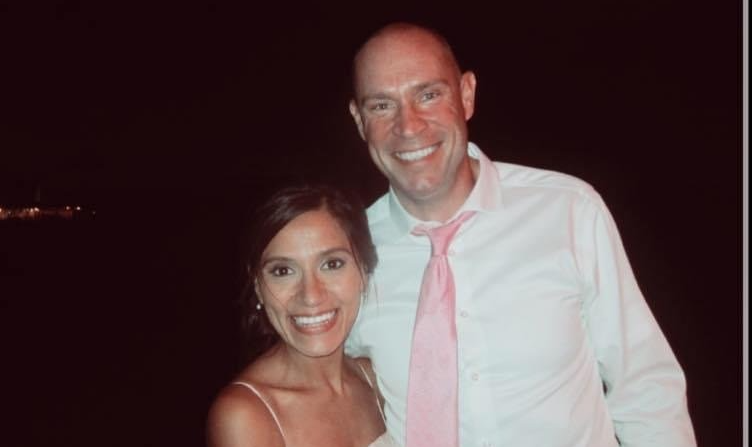1. Formularios y Documentos.
Esté preparado para responder millones de preguntas 😩, inclusive preguntas muy personales; nunca había respondido tantas preguntas en mi vida ¡Ni siquiera cuando solicité una visa de estudiante en la Embajada Americana en Lima! Mis respuestas se utilizaron para completar más de cinco formularios oficiales que mi abogado presentó a USCIS. Los formularios fueron presentados con algunos documentos esenciales de mi esposo y la suscrita a USCIS. Poco tiempo después, USCIS envió recibos confirmando que habían recepcionado mi caso y que el mismo estaba en trámite.
Te dejo un pequeño consejo aquí 👍 Si un experto en inmigración te hace una pregunta o solicita algún documento en particular, por favor proporcione la información o el documento. Siempre hay (déjame enfatizar aquí, siempre) una razón legal detrás de la solicitud.














